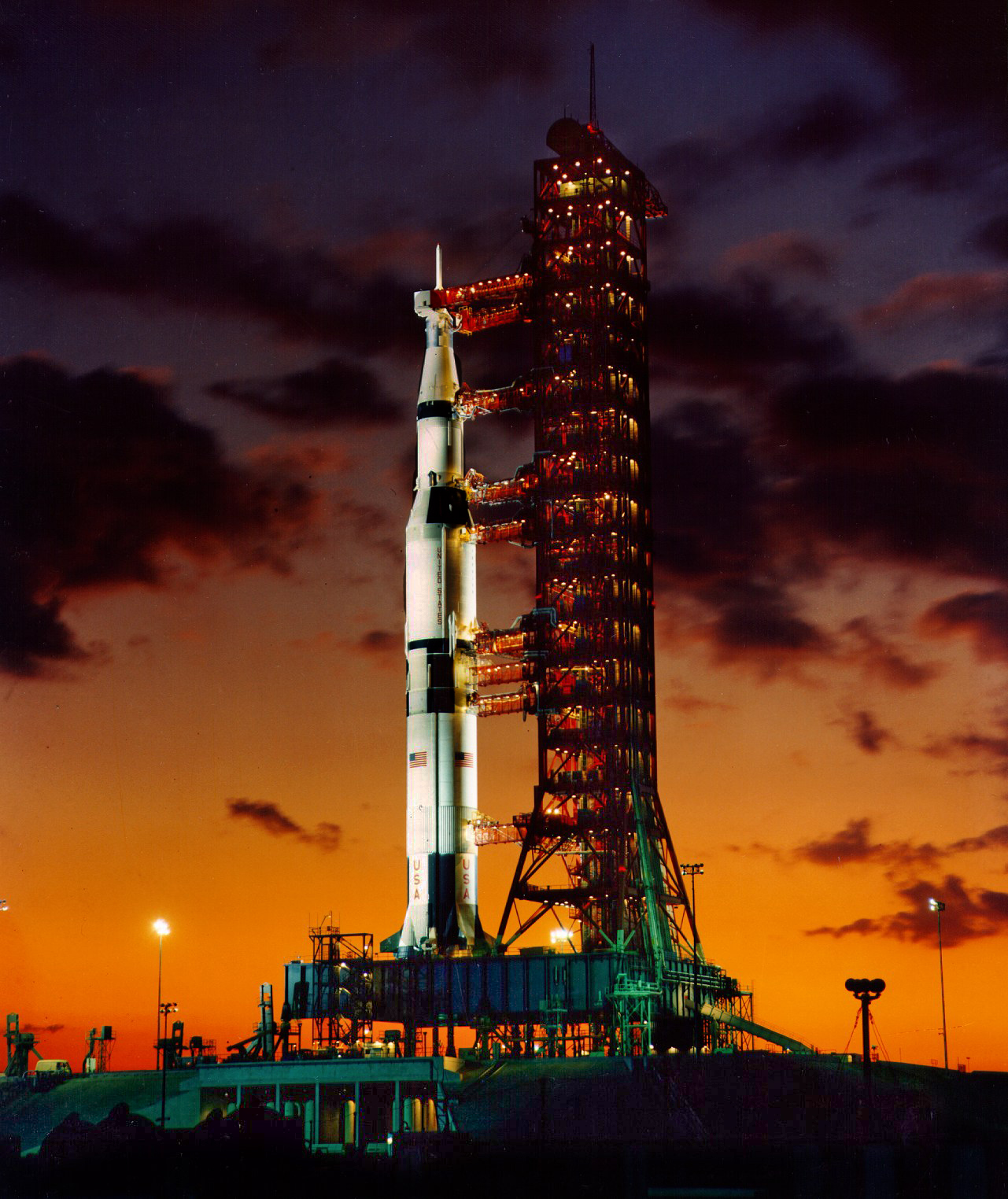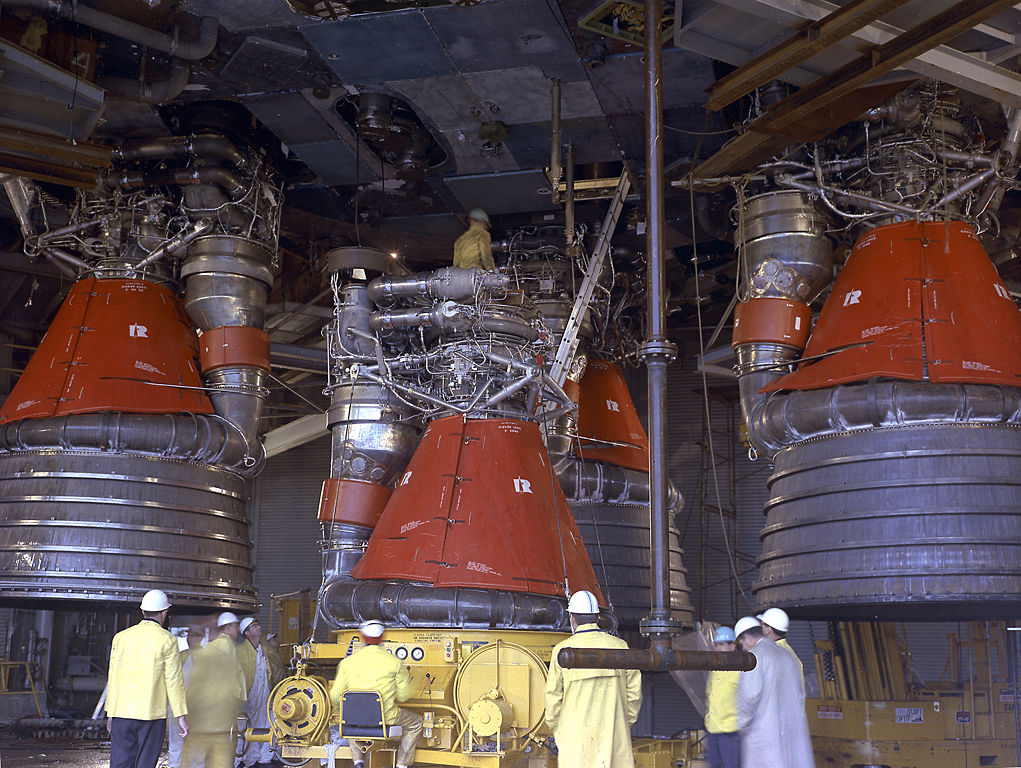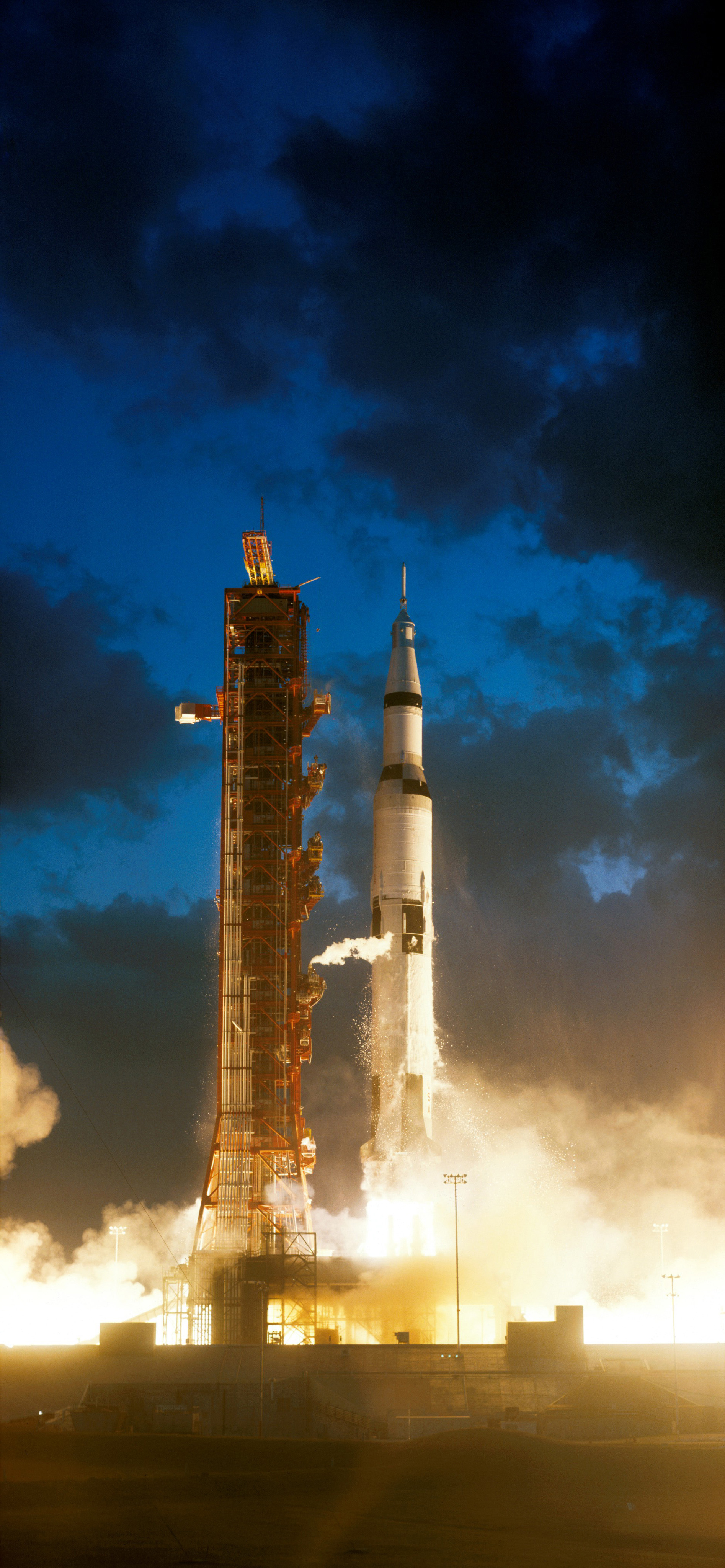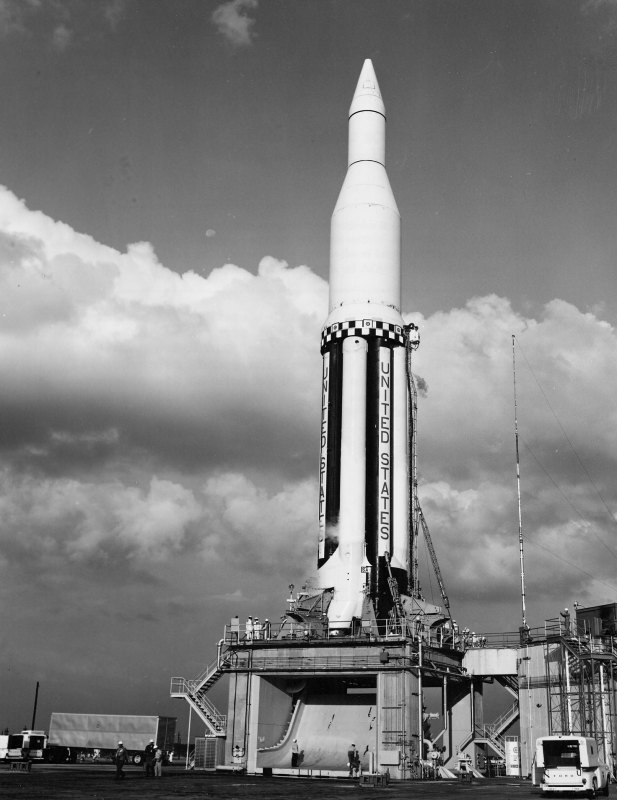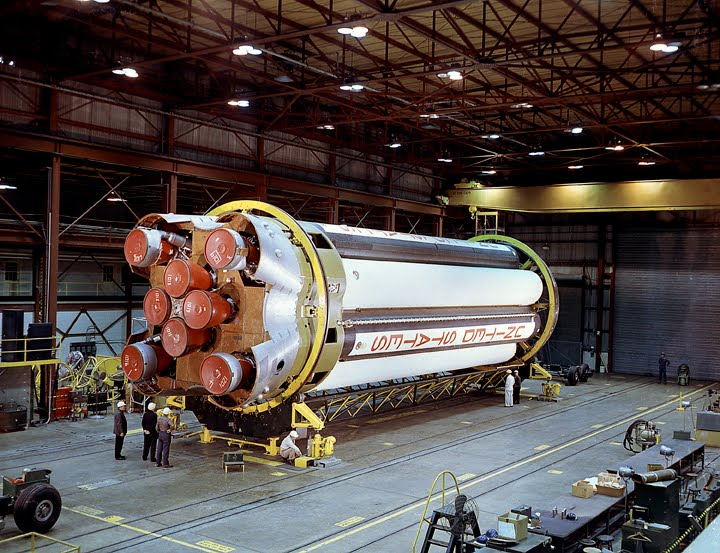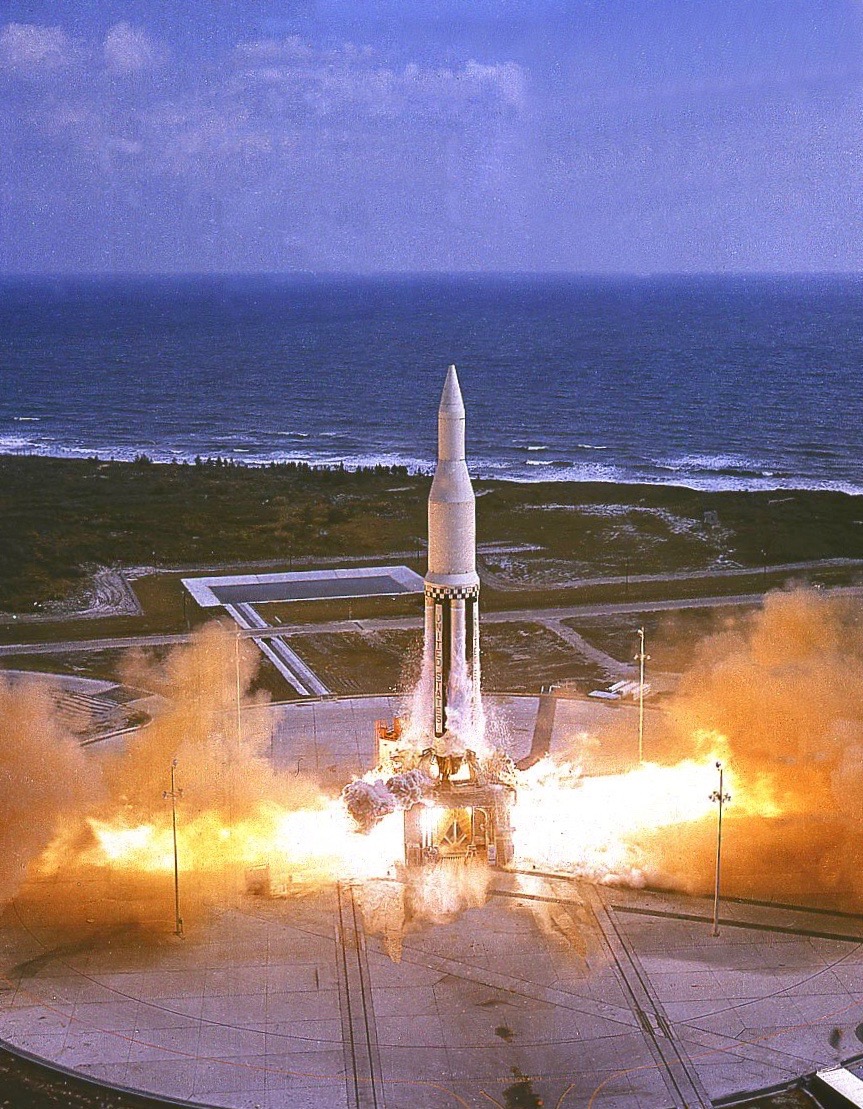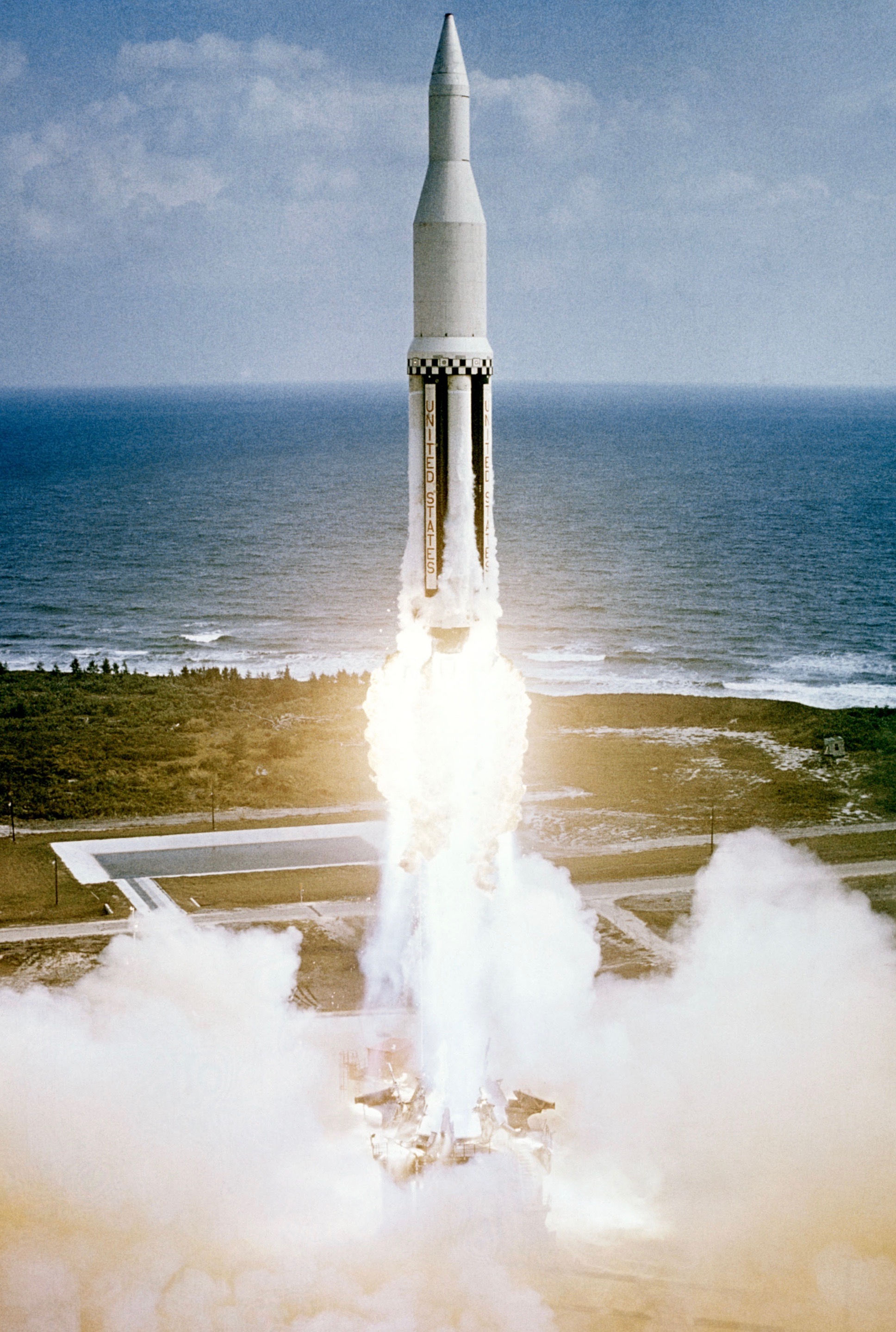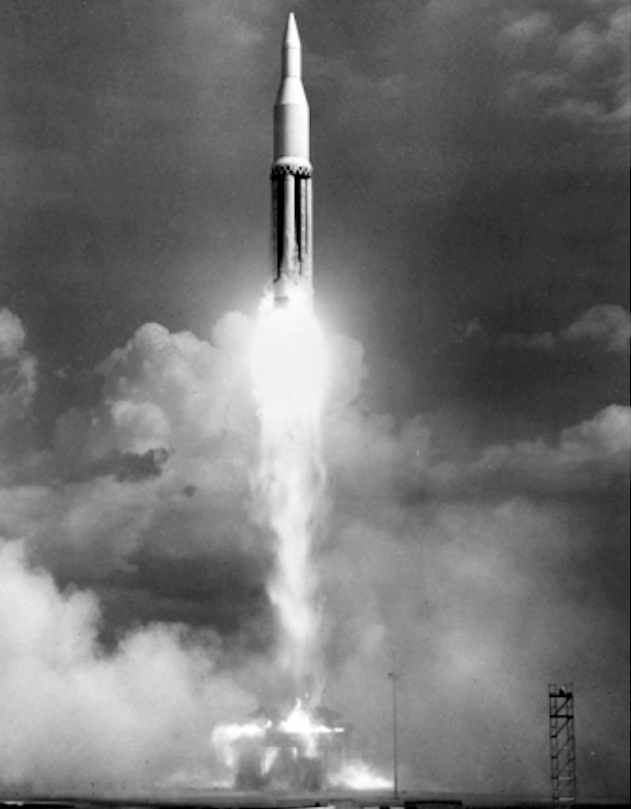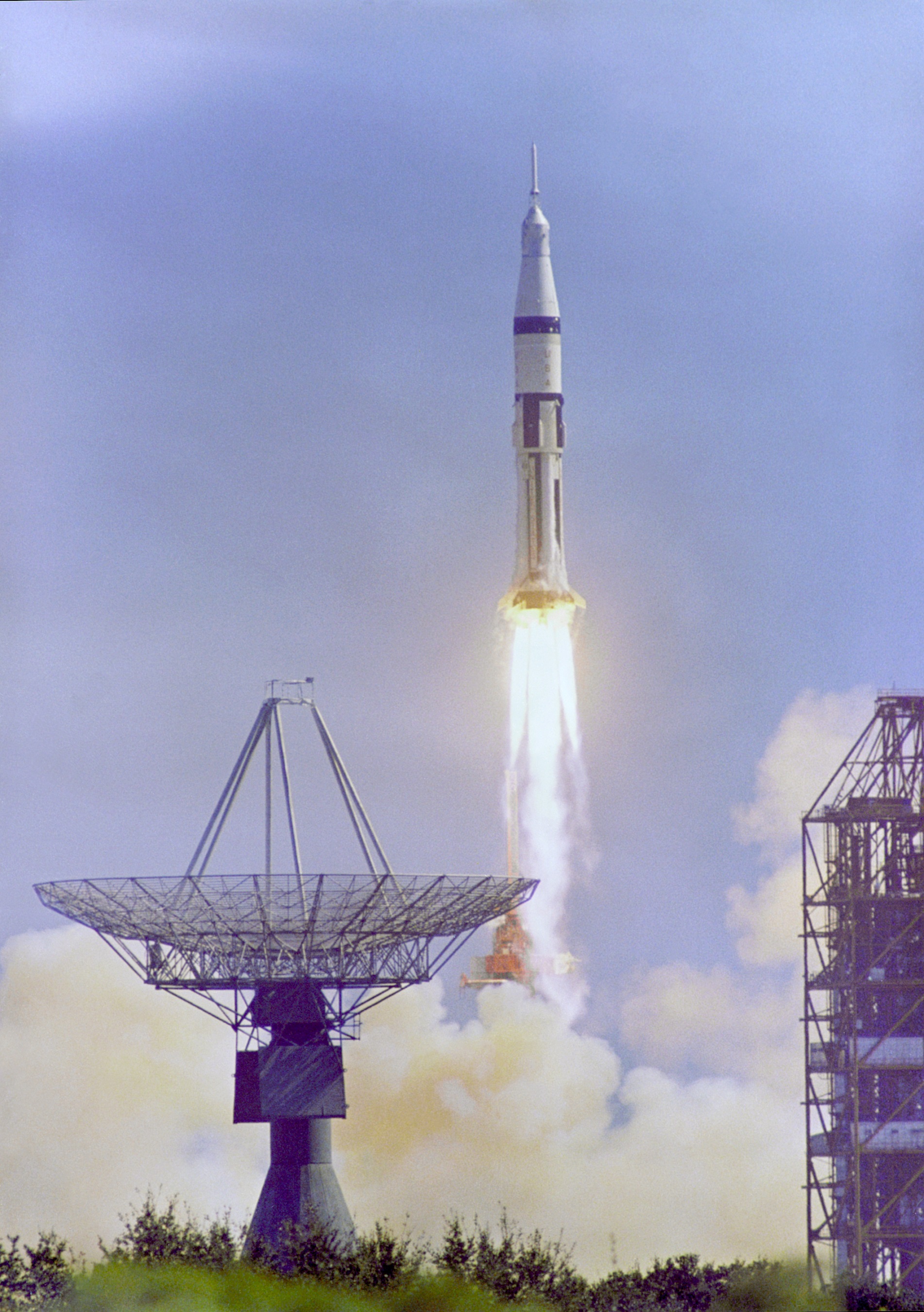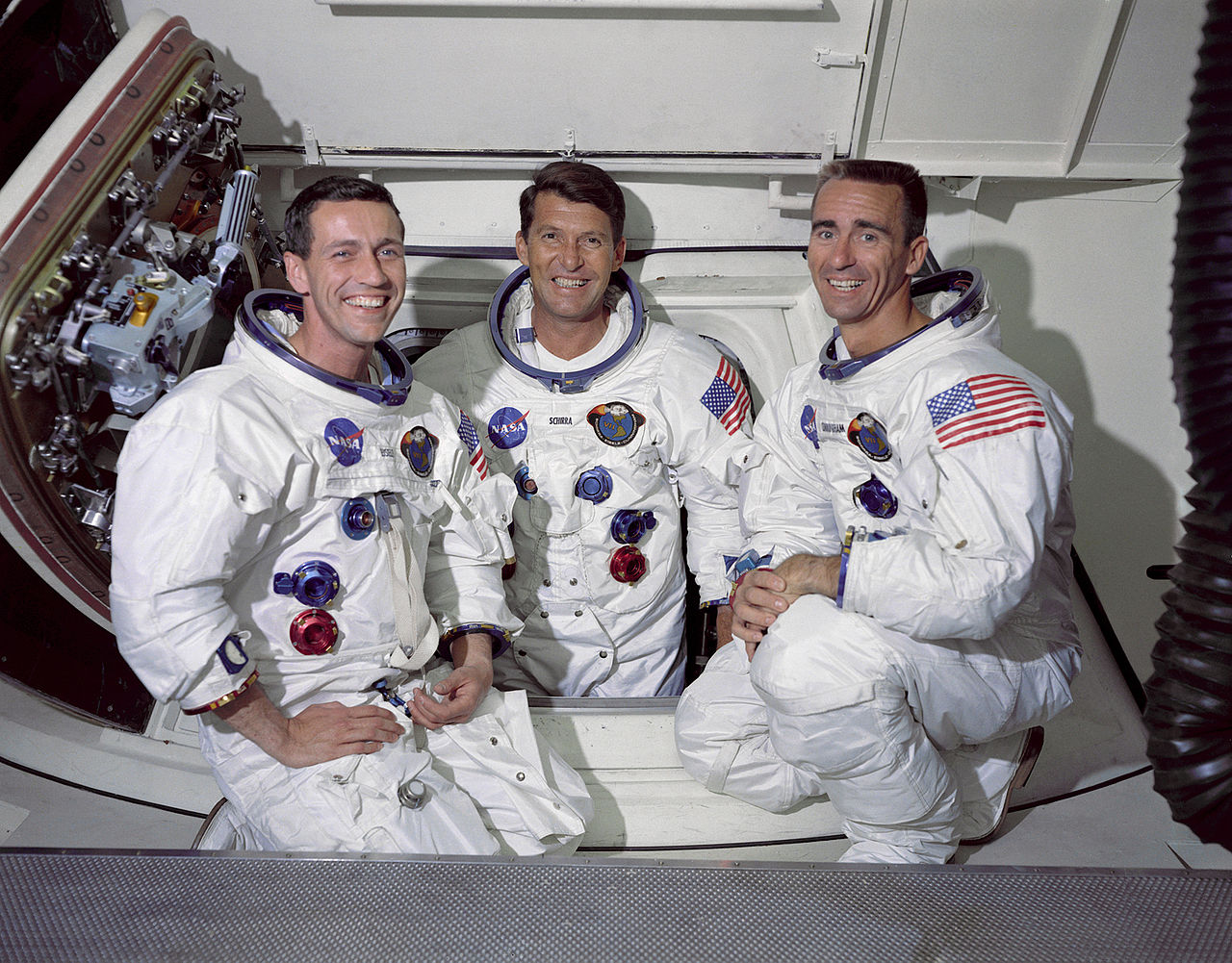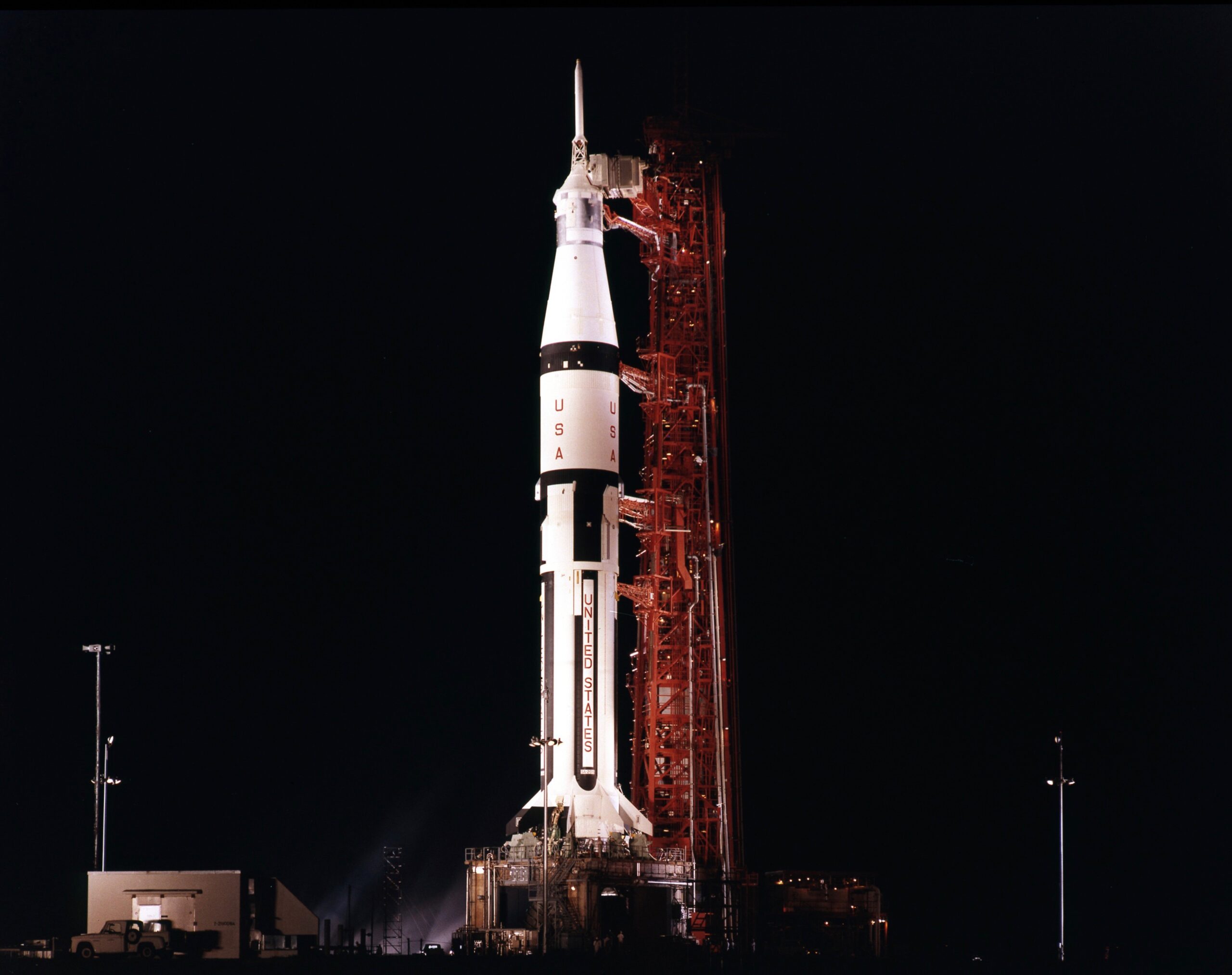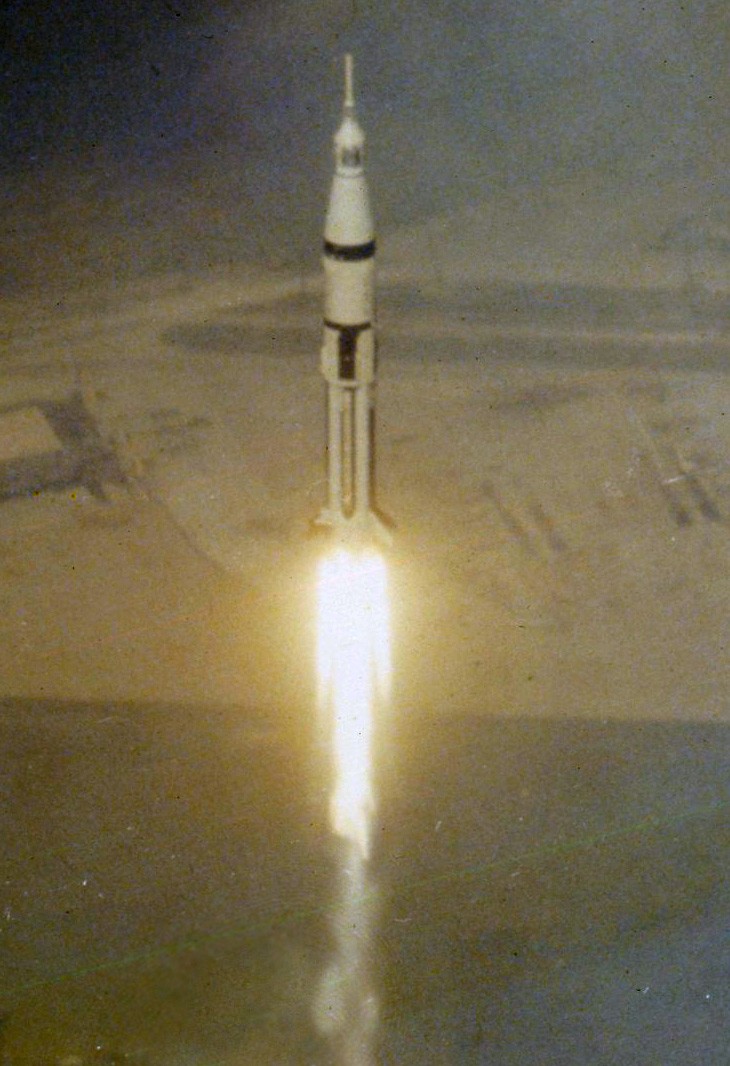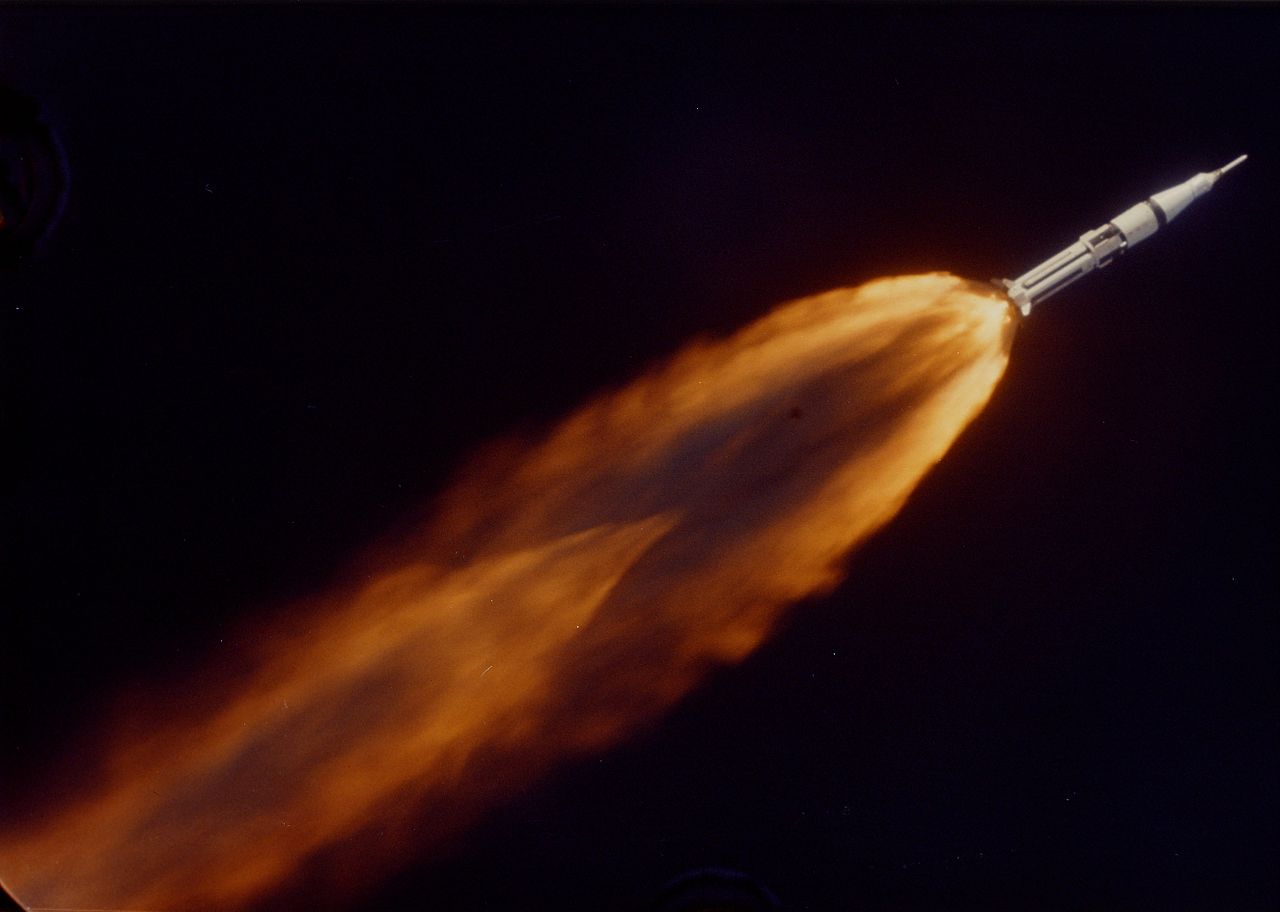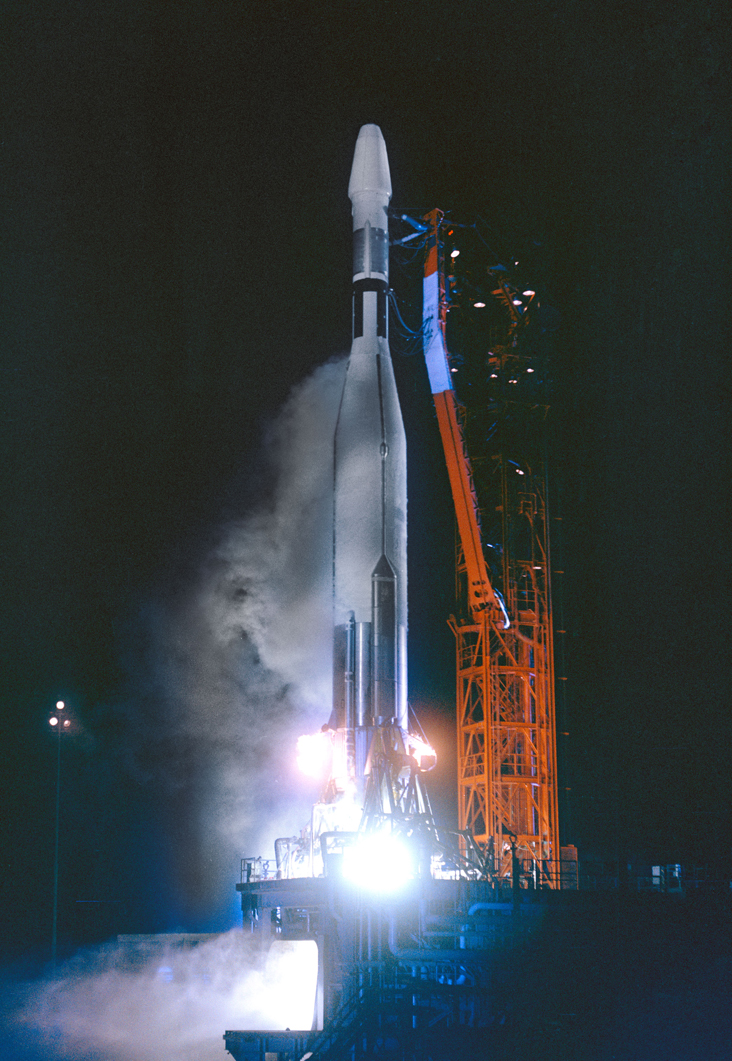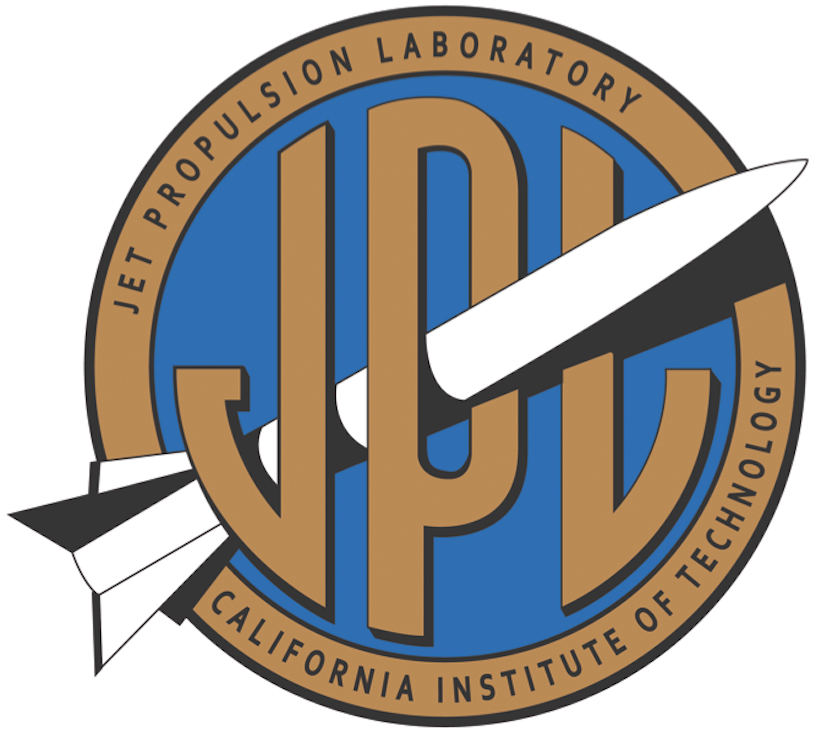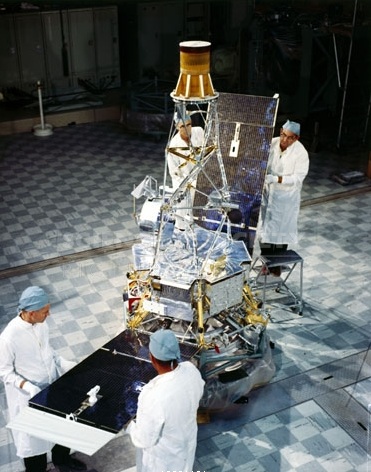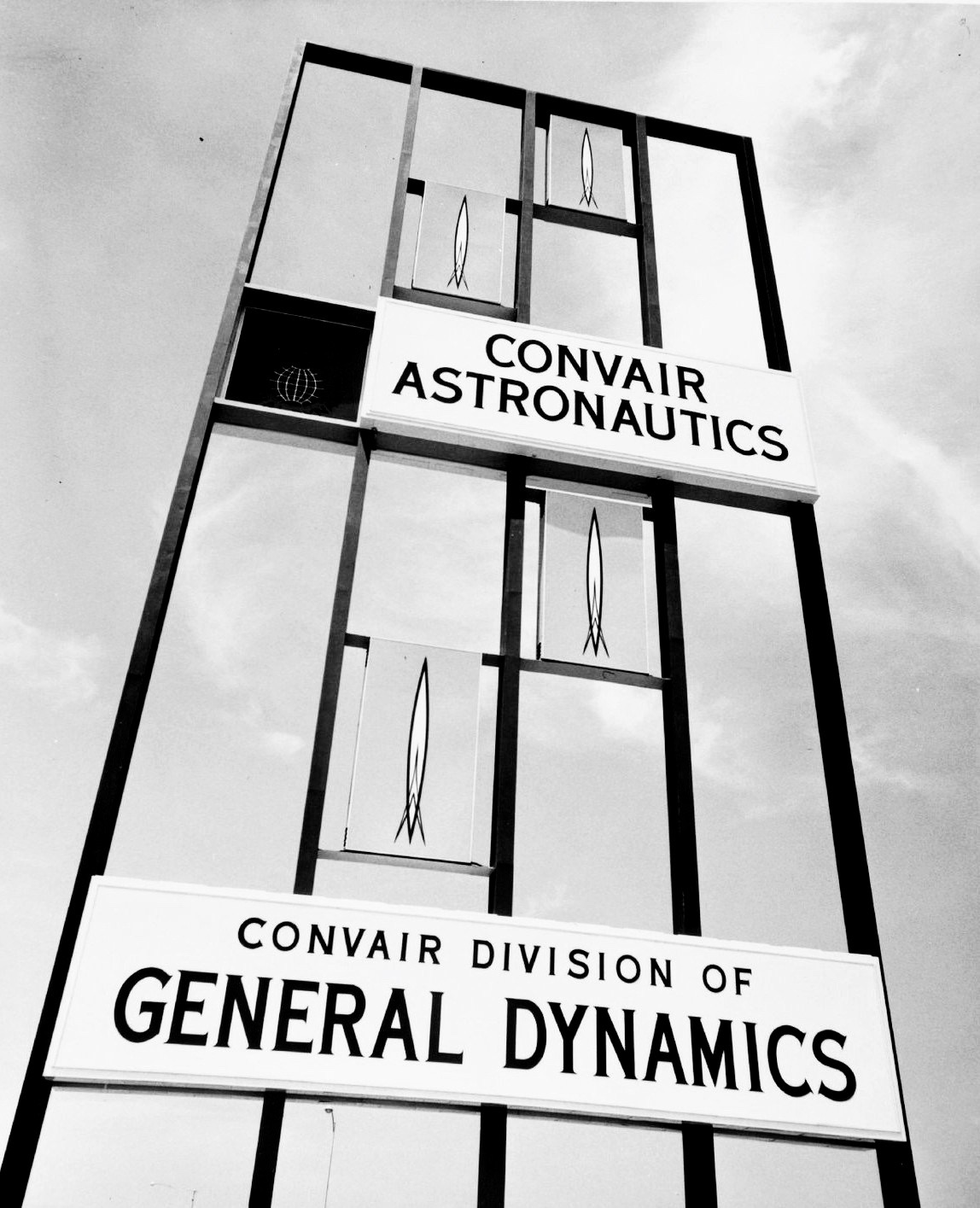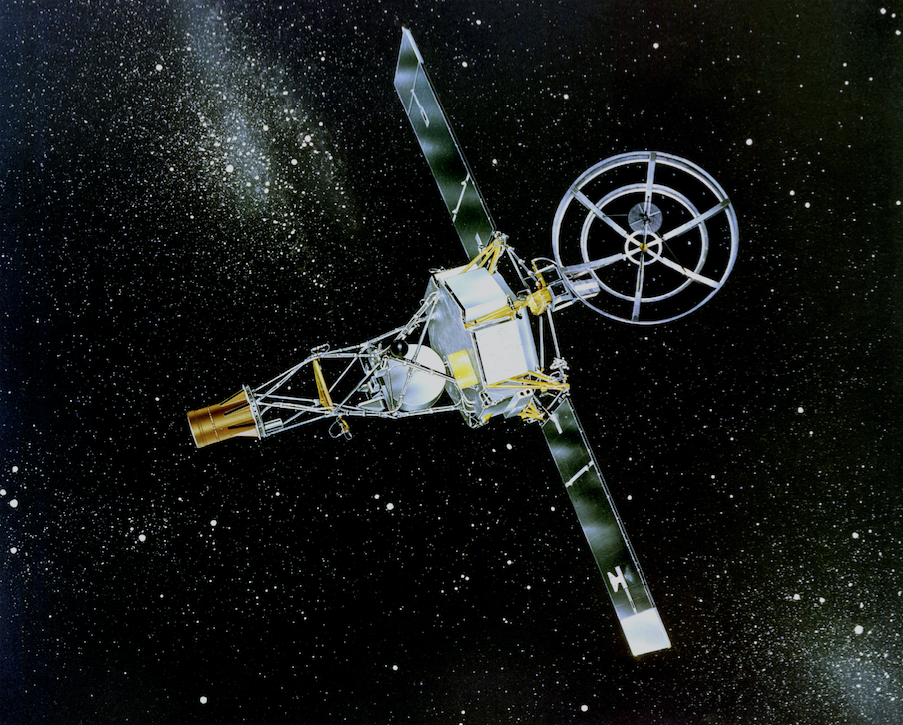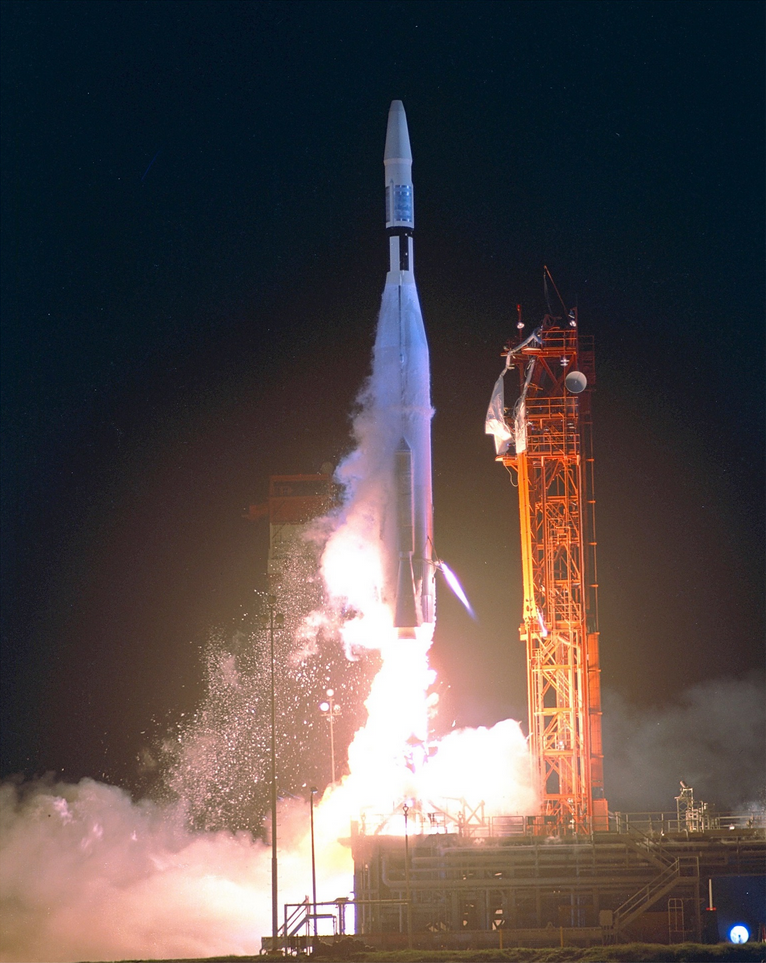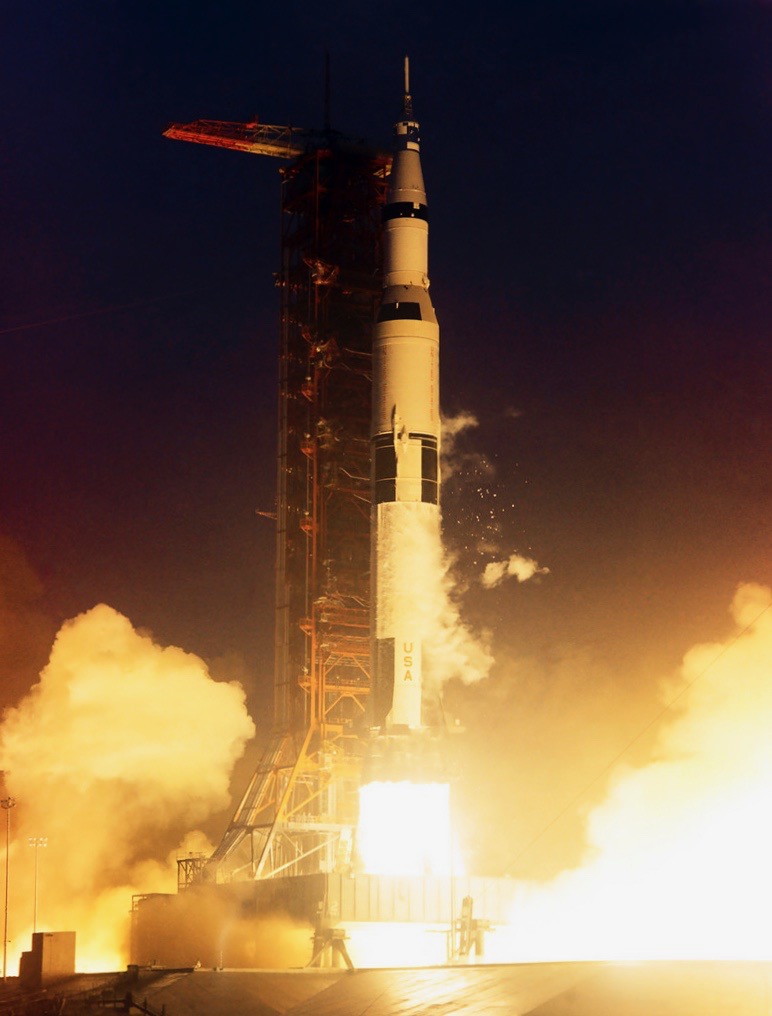
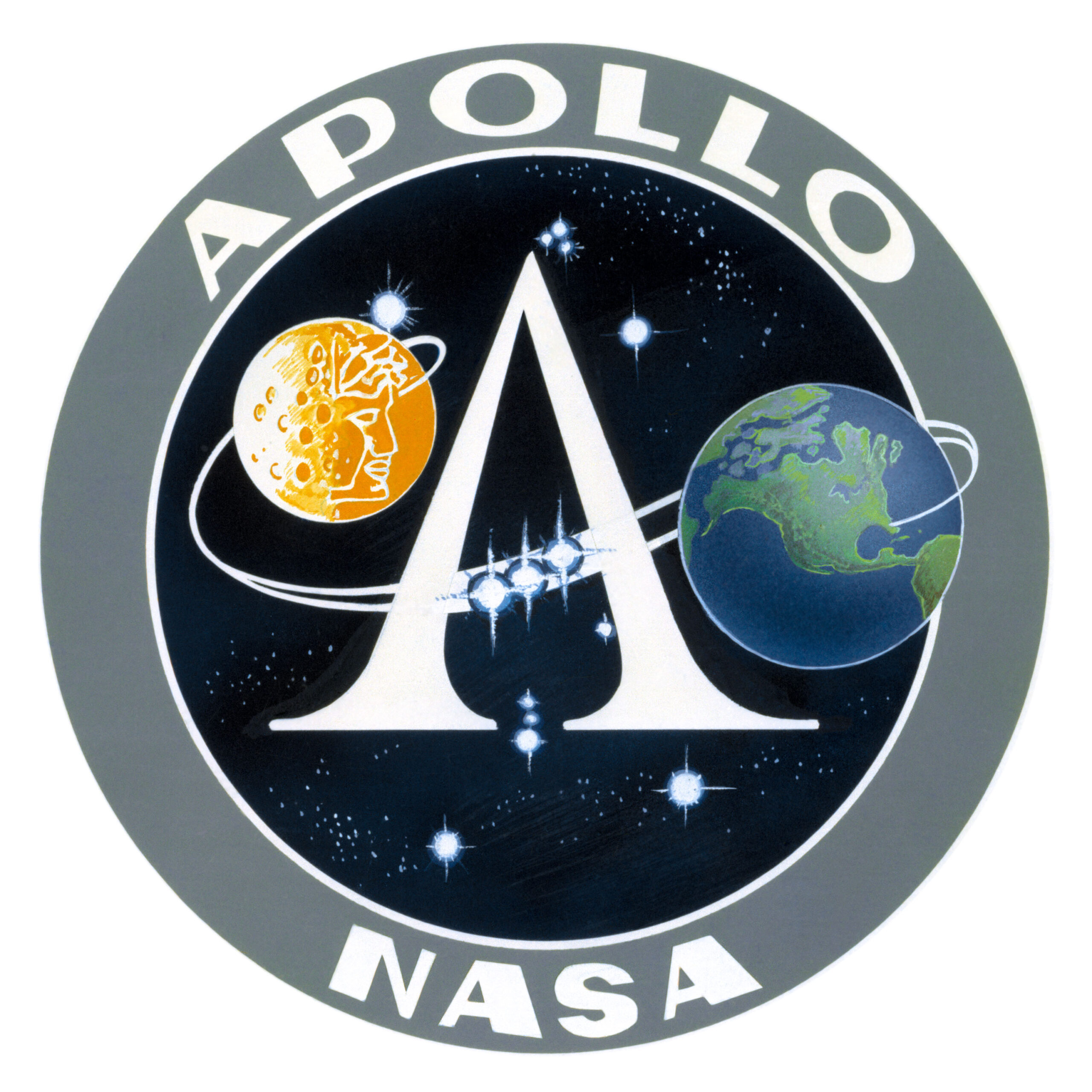 14 November 1969: At 16:22:00.68 UTC (11:22:00 a.m., Eastern Standard Time), the Apollo 12 Saturn V (AS-507) lifted off from Launch Complex 39A, Kennedy Space Center, Cape Canaveral, Florida.
14 November 1969: At 16:22:00.68 UTC (11:22:00 a.m., Eastern Standard Time), the Apollo 12 Saturn V (AS-507) lifted off from Launch Complex 39A, Kennedy Space Center, Cape Canaveral, Florida.
This was the second manned space flight to the Moon. The flight crew were Commander Charles “Pete” Conrad, Jr., United States Navy, Mission Commander; Commander Richard F. Gordon, Jr., U.S. Navy, Command Module Pilot; Commander Alan L. Bean, U.S. Navy, Lunar Module Pilot.
Their destination was Oceanus Procellarum.
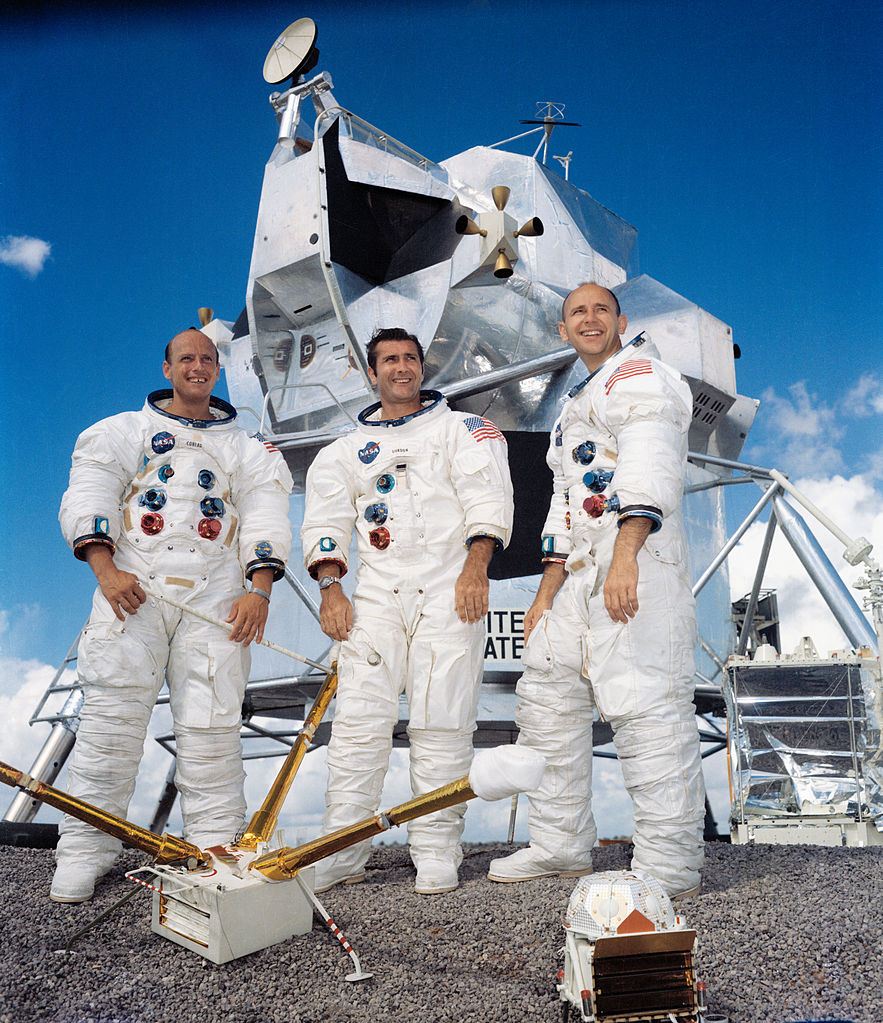
Two lightning strikes 36.5 seconds after liftoff caused the spacecraft’s automatic systems to shut down three fuel cells, leaving Apollo 12 operating on battery power. A third electrical disturbance at T + 52 seconds caused the “8 ball” attitude indicator in the cockpit to fail. A quick thinking ground controller, the “EECOM,” called “Try SCE to Aux.” Alan Bean recalled this from a simulation a year earlier, found the correct switch and restored the failed systems.
The lightning discharge was caused by the Apollo 12/Saturn V vehicle accelerating through rain at approximately 6,300 feet (1,950 meters). There were no thunderstorms in the area. Post-flight analysis indicates that it is probable that the lightning discharge started at the top of the Apollo 12/Saturn V vehicle. Energy of the discharge was estimated at 10⁴–10⁸ joules.
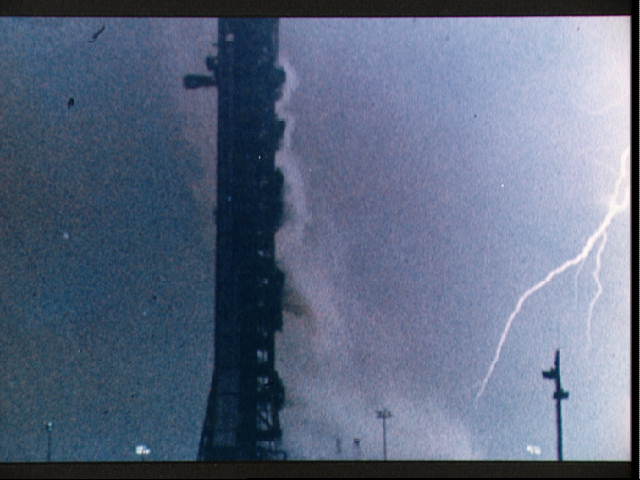
Soon after passing Mach 1, the Saturn V rocket encountered the maximum dynamic pressure (“Max Q”) of 682.95 pounds per square foot (0.327 Bar) as it accelerated through the atmosphere.
The Saturn V rocket was a three-stage, liquid-fueled heavy launch vehicle. Fully assembled with the Apollo Command and Service Module, it stood 363 feet, 0.15 inches (110.64621 meters) tall, from the tip of the escape tower to the bottom of the F-1 engines. The first and second stages were 33 feet, .2 inches (10.089 meters) in diameter. Fully loaded and fueled the rocket weighed approximately 6,200,000 pounds (2,948,350 kilograms).¹ It could lift a payload of 260,000 pounds (117,934 kilograms) to Low Earth Orbit.
The first stage was designated S-IC. It was designed to lift the entire rocket to an altitude of 220,000 feet (67,056 meters) and accelerate to a speed of more than 5,100 miles per hour (8,280 kilometers per hour). The S-IC stage was built by Boeing at the Michoud Assembly Facility, New Orleans, Louisiana. It was 138 feet (42.062 meters) tall and had an empty weight of 290,000 pounds (131,542 kilograms). Fully fueled with 203,400 gallons (770,000 liters) of RP-1 and 318,065 gallons (1,204,000 liters) of liquid oxygen, the stage weighed 5,100,000 pounds (2,131,322 kilograms). It was propelled by five Rocketdyne F-1 engines, producing 1,522,000 pounds of thrust (6770.19 kilonewtons), each, for a total of 7,610,000 pounds of thrust at Sea Level (33,851 kilonewtons).² These engines were ignited 6.50 seconds prior to Range Zero and the outer four burned for 161.74 seconds. The center engine was shut down after 135.24 seconds to reduce the rate of acceleration. The F-1 engines were built by the Rocketdyne Division of North American Aviation at Canoga Park, California.
The S-II second stage was built by North American Aviation at Seal Beach, California. It was 81 feet, 7 inches (24.87 meters) tall and had the same diameter as the first stage. The second stage weighed 80,000 pounds (36,000 kilograms) empty and 1,060,000 pounds loaded. The propellant for the S-II was liquid hydrogen and liquid oxygen. The stage was powered by five Rocketdyne J-2 engines, also built at Canoga Park. Each engine produced 232,250 pounds of thrust (1,022.01 kilonewtons), and combined, 1,161,250 pounds of thrust (5,165.5 kilonewtons).³
The Saturn V third stage was designated S-IVB. It was built by Douglas Aircraft Company at Huntington Beach, California. The S-IVB was 58 feet, 7 inches (17.86 meters) tall with a diameter of 21 feet, 8 inches (6.604 meters). It had a dry weight of 23,000 pounds (10,000 kilograms) and fully fueled weighed 262,000 pounds. The third stage had one J-2 engine and also used liquid hydrogen and liquid oxygen for propellant. The S-IVB would place the Command and Service Module into Low Earth Orbit, then, when all was ready, the J-2 would be restarted for the Trans Lunar Injection.
Eighteen Saturn V rockets were built. Only three still exist. One, on display at the Johnson Space Center, Houston, Texas, is made up of the the S-IC first stage of SA-514, S-II second stage of SA-515, and S-IVB third stage of SA-513. It is the only one consisting of flight-certified hardware. The Apollo Command and Service Module is CSM-115, originally intended for the Apollo 19 mission.
¹ The AS-507 total vehicle mass at First Stage Ignition (T – 6.50 seconds) was 6,137,868 pounds (2,784,090 kilograms).
² Post-flight analysis gave the total thrust of AS-507’s S-IC stage as 7,594,000 pounds of thrust (33,780 kilonewtons).
³ Post-flight analysis gave the total thrust of AS-507’s S-II stage as 1,161,534 pounds of thrust (5,166.8 kilonewtons).
⁴ Post-flight analysis gave the total thrust of AS-507’s S-IVB stage as 206,956 pounds of thrust (920.6 kilonewtons) during the first burn; 207,688 pounds (923.8 kilonewtons) during the second burn.
© 2018, Bryan R. Swopes
